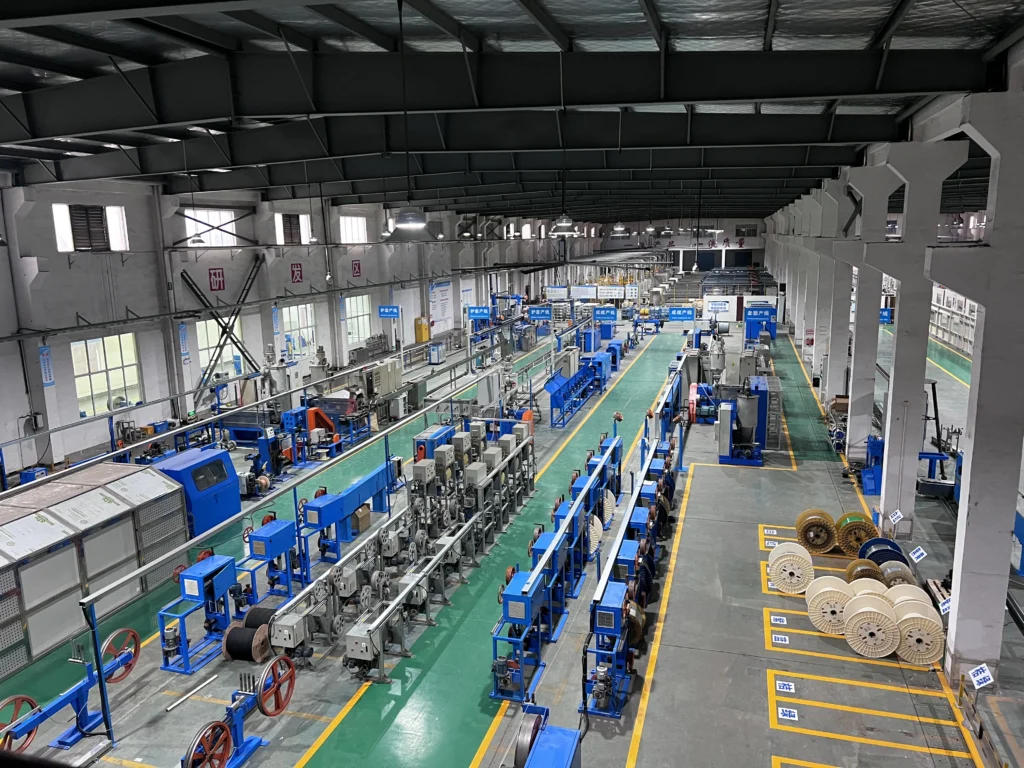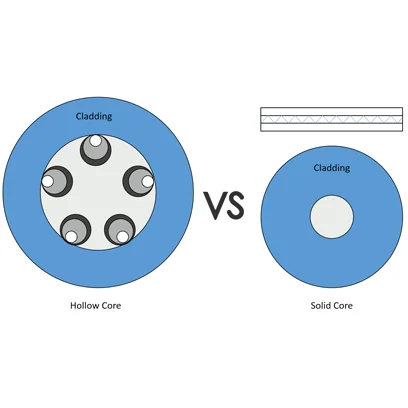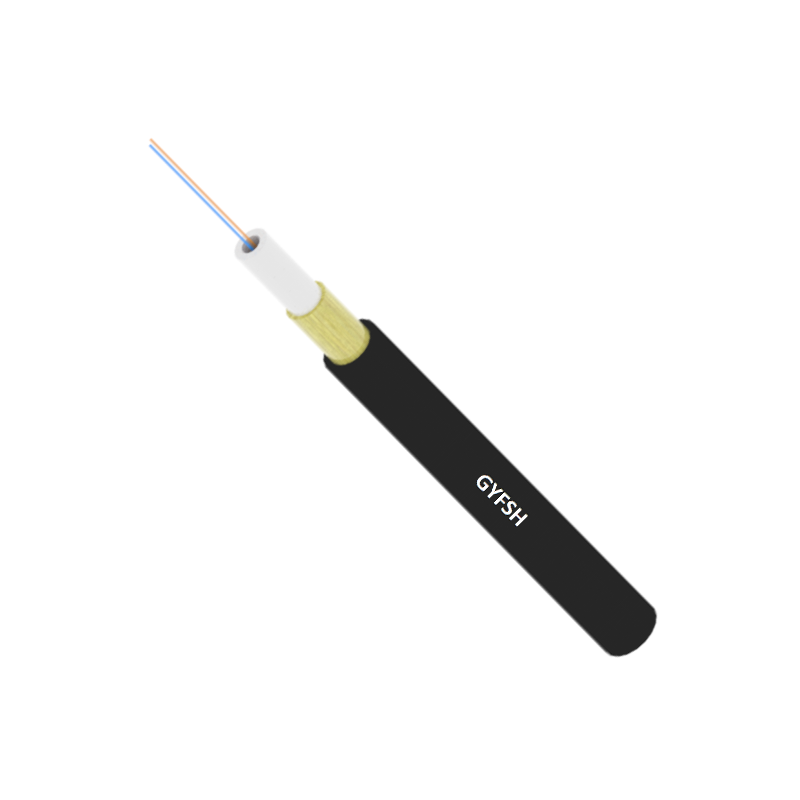Blog
- Building A, Republic International Business Plaza, No. 3699 Gonghexin Road, Jing'an District, Shanghai
- +86-21-59175887
- market@soctfiber.com
- 86-17321363317
- 86-13341796231
Translation: Difficulties in Power Communication Cabling? How Does ADSS Cable Become the “Aerial Highway”?
When upgrading power system communication, traditional optical cables often cause great trouble due to issues like electromagnetic interference and complicated construction. But there’s no need to worry—ADSS optical cables (All-Dielectric Self-Supporting Optical Cables) are specifically designed to address these pain points! Without any metal components, they can be directly installed on power poles, boasting strong resistance to electromagnetic interference and high construction efficiency. However, it’s important to note that when faced with the numerous manufacturers of ADSS overhead optical cables in the market, choosing the right partner is crucial. Today, we will conduct an in-depth comparison of 9 mainstream manufacturers to help you cut through the confusion.

I. Have You Paid Close Attention to the Core Technical Parameters of ADSS Cables?
When selecting ADSS cables, parameters are the key to making a reliable choice. Focus on these four critical aspects:
- Rated Tensile Strength (RTS)It determines the maximum span, with mainstream values ranging from 30 to 60 kN. For instance, large spans in mountainous areas require an RTS of at least 40 kN.
- Maximum Allowable Tension (MAT)As the core for safe operation, it is usually 20% to 25% of the RTS.
- Withstand Voltage Level (AT)This is crucial for resisting electrical corrosion, with grades divided into 12 kV, 20 kV, and 25 kV. High-voltage corridors must use higher-grade cables!
- Temperature RangeTo adapt to extreme climates, the mainstream range is from -40°C to +70°C.
Interestingly, during a 66 kV line renovation project our team conducted in 2025, we found that some brands claimed to be cold-resistant at -40°C, but in actual tests, their sheaths became significantly brittle at -35°C. Therefore, you should not rely solely on the parameters stated in promotional materials; actual test reports are far more reliable.
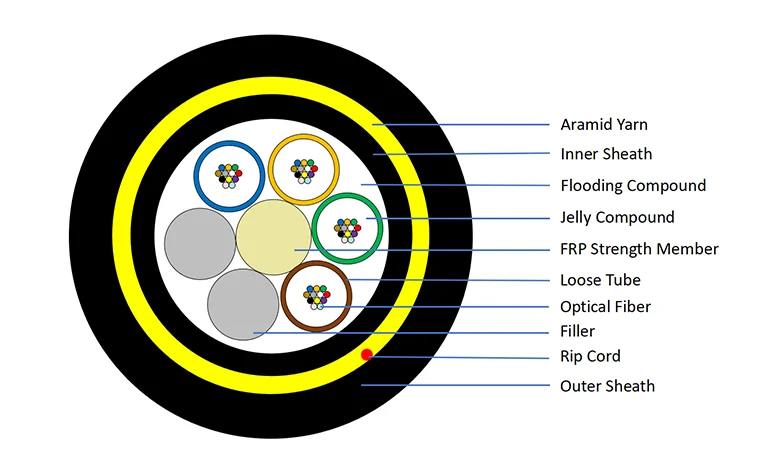
II. Among the Top 9 ADSS Aerial Optical Cable Manufacturers, Who Leads the Pack?
We focused on three core dimensions—product capability, engineering experience, and service responsiveness—to evaluate 9 active ADSS optical cable manufacturers (including international brands and leading local players). Specifically, these ADSS optical cable producers each have their own areas of focus:
| Comparison Dimension | Category A Manufacturers (International/Top Local) | Category B Manufacturers (Mainstream Local) | Category C Manufacturers (Price-Oriented) |
|---|---|---|---|
| Core Technology | Self-developed material formulas, patented anti-tracking technology, leading parameters | Mature technology application, parameters meet standards | Basic parameters comply with international standards, some performances are questionable |
| Engineering Experience | A large number of 500kV and above ultra-high voltage cases, rich experience in complex terrains | Concentrated in 110kV – 220kV, with regional cases | Mostly low-voltage distribution network or small projects |
| Customization Capability | Strong, can quickly respond to special span, voltage resistance, and flame retardant requirements | Medium, mainly standard products, some can be 微调 (fine-tuned) | Weak, basically standard products |
| Service Response | 24-hour technical support, professional survey and design team | Response during working days, basic technical support | Response is slow, relying on distributors |
| Price Positioning | High-end | Mid-to-high-end | Mid-to-low-end |
| Representative Advantages | Ultra-high voltage stability, adaptability to extreme environments | Cost performance, regional delivery speed | Low initial procurement cost |
III. Pitfall Avoidance Guide: 3 Common Misconceptions in ADSS Cable Selection
⚠️ When selecting ADSS cables, never fall into these traps:
⚠️ Focusing only on unit price while ignoring total lifecycle cost
Low-cost, low-quality cables are prone to electrical corrosion and fiber breakage, leading to exorbitant maintenance costs in the later stage. For example, a project opted for low-priced cables to cut costs, and the replacement expenses due to failures within 3 years exceeded twice the initial budget!
⚠️ Overlooking “localized” design and services
There are significant differences in meteorological conditions and pollution levels across regions. If a manufacturer lacks local experience, its design may fail to meet local compliance requirements. Counterintuitively, using standard cables in areas prone to ice disasters poses extremely high risks.
⚠️ Neglecting installation accessories and processes
Even the highest-quality cables will be rendered useless if the hardware fittings and installation processes are mismatched. It is imperative to require manufacturers to provide or certify supporting installation solutions. According to a report by the China Electricity Council (CEC), approximately 35% of early-stage failures of ADSS cables stem from improper installation.
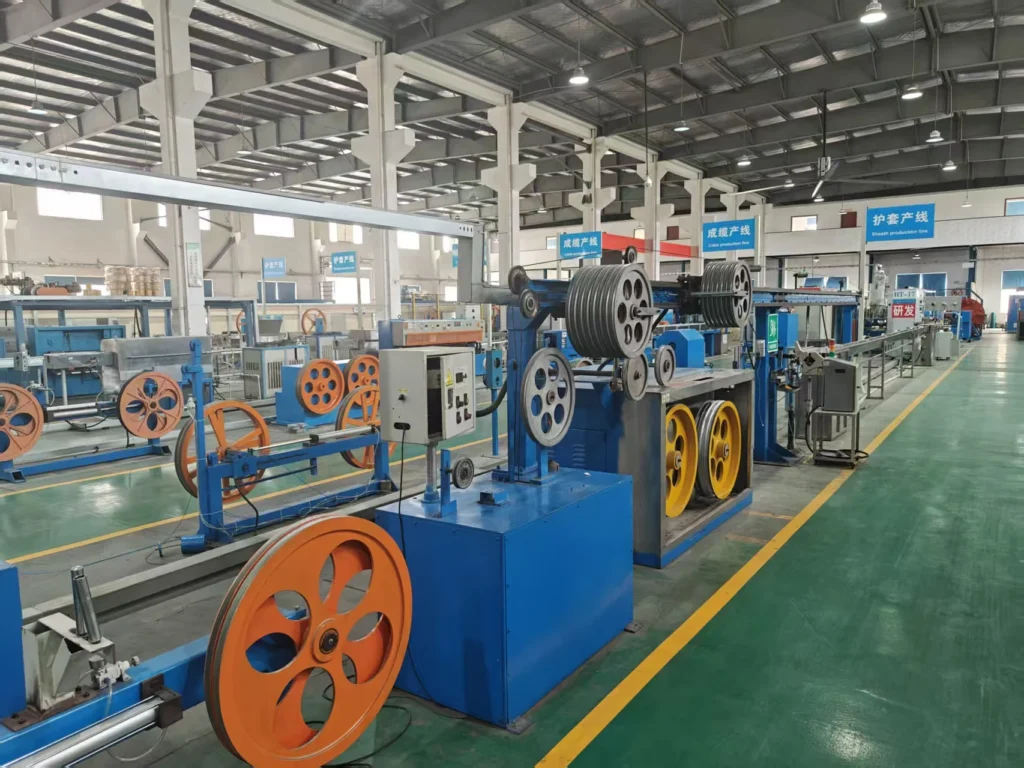
IV. Practical 5-Step Method: Accurately Identifying Your Ideal ADSS Cable Manufacturer
Efficiently screen manufacturers based on project requirements with the following steps:
- Clarify RequirementsList clear specifications: voltage class, span length, meteorological zone, and pollution level.
- Screen QualificationsVerify if the manufacturer holds power grid access certificates and authoritative test reports (e.g., CPR flame retardancy certification).
- Validate CasesFocus on checking whether the manufacturer has successful cases of the same type (matching voltage class/environment) and request user feedback.
- Compare SolutionsAsk the manufacturer to provide targeted proposals for cable selection, hardware fitting matching, and construction.
- Test ResponsivenessSimulate technical consultations to evaluate the speed and professionalism of their services—avoid communicating only with sales representatives.
V. The Breakthrough Path for Chinese ADSS Cable Manufacturers
As one of the ADSS aerial cable manufacturers deeply engaged in cable manufacturing, we are well aware of the advantages and challenges faced by local brands. Frankly speaking, international brands still hold technical barriers in the ultra-high voltage (UHV) premium market. However, in the 110kV-220kV mainstream market, high-quality local manufacturers have already taken a dominant position by virtue of rapid responsiveness, flexible customization, and cost optimization. The key lies in sustained R&D investment and strict process control. We firmly believe that focusing on solving customers’ real pain points is the fundamental for ADSS cable manufacturers to gain a long-term foothold.
Conclusion
Choosing the right ADSS cables and manufacturers is the cornerstone of a successful power communication project. By conducting in-depth parameter comparisons, recognizing the tier of manufacturers, avoiding common pitfalls, and following scientific selection steps, you will surely find the most suitable partner for your “aerial information channel”. Remember, the value of a professional ADSS cable manufacturer comparison and evaluation far exceeds the procurement cost itself.


